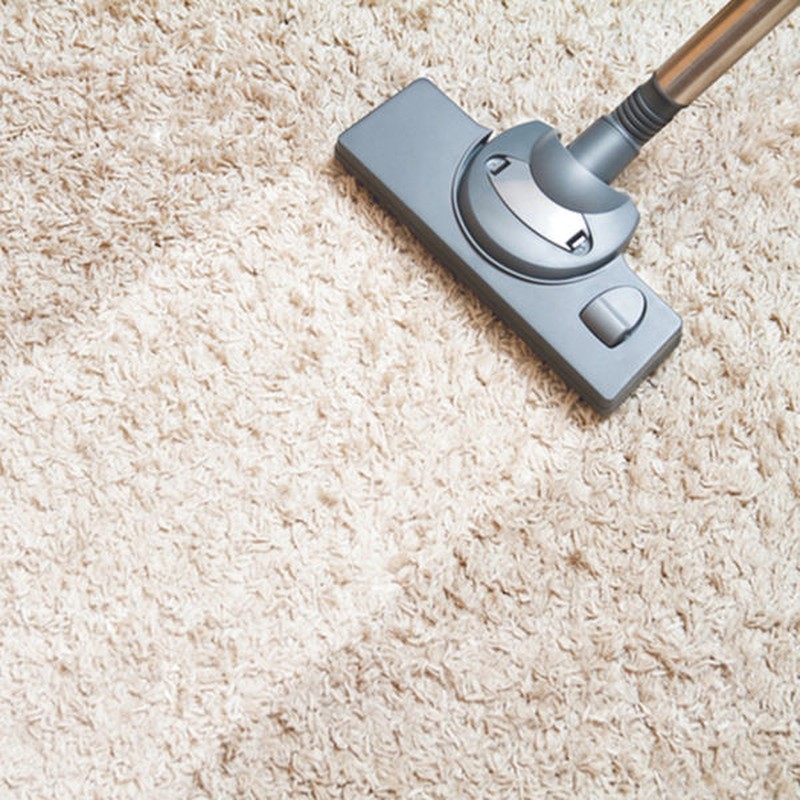How To Clean Different Types of Carpet
THE DIFFERENT FIBRES…
Synthetic
For synthetic carpets – many of which tend to be a polyester blend – regular maintenance should be done with a vacuum cleaner. Put simply, the more often you clean it, the better it’ll look for a longer period of time. If your carpet requires any special products for cleaning it, it should say so on the care label, which usually explains what chemicals or methods to avoid. If you’re still not sure, a basic combination of baking soda and warm water will suffice, but you should make sure your carpet won’t be damaged by doing a quick spot check first. If your carpet is nylon, you can rest easy in the knowledge that it is durable and resistant to wear – mainly because the fibres are so tightly packed. But it’s not quite as good at fighting stains, so you’ll find some modern-day varieties now include a stain-resistant treatment.
Wool
Rely on the vacuum cleaner to clean of this type of carpet, too. If you want to go for a deeper clean, just remember alkaline products aren’t best here. As wool absorbs a greater amount of water, you may also find the carpet takes longer to dry. Not sure if you have a wool carpet? You can easily find out by checking for a fire safety label. If the label warns that the material is hazardous or flammable, it’s likely to be wool. While bleach can be used on white carpets which are made of synthetic fibres, it should never be used on wool carpet, no matter the colour. This is because it risks destroying the fibres altogether and causing a potential patch in the carpet. Even with a pale synthetic carpet, bleach should always be diluted with water before you attempt to remove a stain with it.
Jute, Sisal & Other Natural Fibres
These carpets are much more sensitive, and do not tolerate stains compared to synthetic and wool carpets. While general maintenance can be done with a vacuum cleaner, plant fibre carpets (think woven materials like jute and delicate fabrics like silk) get dirtier quicker, and when you remove stains or want to clean them properly, you need to pay more attention. Be sure to set any machines you use to their lowest setting to avoid disturbing the natural lay of the fibres, and be aware that when they dry, there’s a greater risk of them curling at the edges if they’re left for too long. Experts recommend using a fan or turning on an air conditioner to speed things up.
Berber
Generally speaking, the bigger the carpet loop, the easier it will be to clean. Berber carpets with large loops are the easiest, because dirt and other pollutants aren't able to penetrate much deeper than the loops they touch. Try to vacuum it at least once or twice a week and aim for a deeper clean every three months. While most cleaning solutions will work, try to keep pets away as much a possible as they’ll find the larger loops easier to pick at.
…And Don’t Forget The Underlay
Sometimes referred to as the carpet pad, it’s important to remember that carpet underlays also absorb stains – particularly if the carpet they sit under is thinner or more delicate. Bear in mind that a low weight, foam-based underlay will readily absorb stains and may make it appear as though a carpet is dirty, even if it's not. Meanwhile, higher quality products made of foam chips and recycled rubber will ensure stains stay purely within the carpet, which can be cleaned in one of the following manners.
THE DIFFERENT METHODS…
Spot Cleaning
First and foremost, you can always minimise any long-term damage by treating a spill or stain straight away. For liquid spills, try to gently blot immediately, taking care not to push the liquid further into the carpet. For semi-solid spills, use a spoon to carefully scoop up any excess before treating the remaining stain. Once you’ve removed as much as you can, rinse the area with water and blot dry, repeating if necessary. Whatever you do, don’t scrub at the stain, as this will only damage the carpet and make it look worse. If water doesn’t remove the stain, try a spot cleaner. There are various spot and stain removers available, all offering varying results depending on the stain you’re removing. Always test chemical cleaners on a small, inconspicuous area first. Put a small amount on the carpet, then take a clean, white cotton cloth and press it down for fifteen seconds. Check the cloth to see if any colour has transferred and look at the carpet to see if you can detect any damage. Once you’re happy with it, treat the stain by using another clean cloth. Gently work it into the spot, working from the outside in so you don’t risk spreading the stain. Leave the chemical to work for a few minutes, then blot. Repeat until the cloth comes away clean.
Hot Water Extraction
More commonly known as steam cleaning, hot water extraction uses high pressured hot water to agitate carpet fibres and dissolve dirt. It typically involves applying a cleaning agent onto the soiled surface, and ‘agitating’ the stain with a brush. After the cleaning solution has settled into the carpet after a few minutes, you can then wash the carpet using steaming equipment to rinse out the cleaning agent. Finally, leave the carpet to dry in a room at a low temperature. Most experts advise a carpet be steam cleaned in the late afternoon so it can be left to dry overnight without being disturbed.
Shampooing
Shampooing was one of the most popular carpet cleaning methods until encapsulation technology was introduced in the 1970s. While shampoo still works to clean heavily soiled carpets – indeed, there are still plenty of effective products available on the market today – the disadvantage is that they can leave behind a foamy residue which takes longer to dry. With cheaper products, there’s also the risk that whatever residue is left behind becomes sticky (there’s no rinsing involved) which can end up attracting more dirt or stains.
Encapsulation
Foam encapsulation use synthetic detergents that crystallize into a powder when they dry. Any loosened dirt in the carpet is then ‘encapsulated’ in the powder before being vacuumed or brushed away. Popular because it uses less water (which makes it more environmentally friendly), it also means there’s a shorter drying time required. However, while encapsulation carpet cleaning often yields decent results, the method is limited when it comes to removing stains from heavily soiled or dirty carpets.
Bonnet Cleaning
This process mainly involves cleaning the top part of the carpet fibre using a heavy-duty motorised machine with a spinning pad immersed in cleaning solution. Designed to be a ‘quick-fix’, bonneting won’t clean the carpet below what’s known as the ‘surface’ fibres – so it’s not a failsafe for those looking for a really thorough clean. Bonneting can also cause an accumulation of chemical residue in the carpet, as pressure from the heavy machine sometimes pushes the applied chemical and remaining dirt back into the carpet.
Dry Carpet Cleaning
Dry carpet cleaning or ‘compound cleaning’ is one of the latest cleaning technologies – and is often considered by experts to be the natural next-step to encapsulation cleaning. First invented in the 1980s, there are now many types of cleaning compound or powders that have been developed by a range of different manufacturers. The main advantage of dry carpet cleaning is the application of cleaning compound or powder into the bottom part of the carpet using a motorized counter rotating brush machine, which opens up the carpet fibres and allows the compound to settle inside, resulting in a thorough, deep clean. Even better, dry carpet cleaning is considered safe for all types of carpet, including heavy-duty synthetic carpets which are often used in offices and public spaces.
Inspired? Keep on top of daily carpet maintenance with one of these top-rated products…
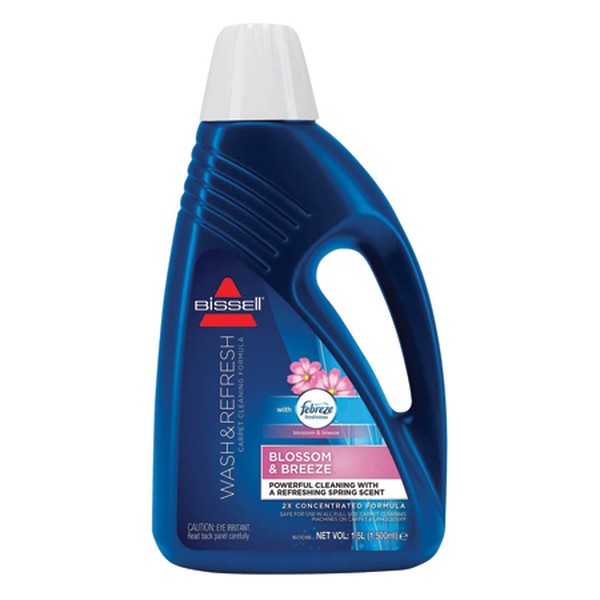
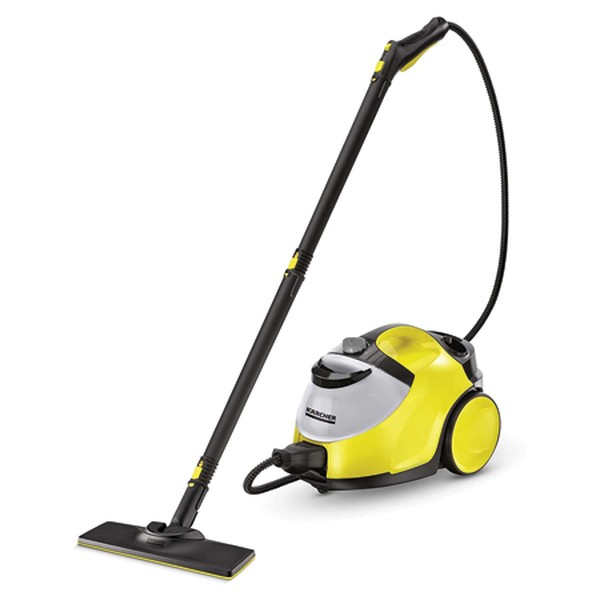

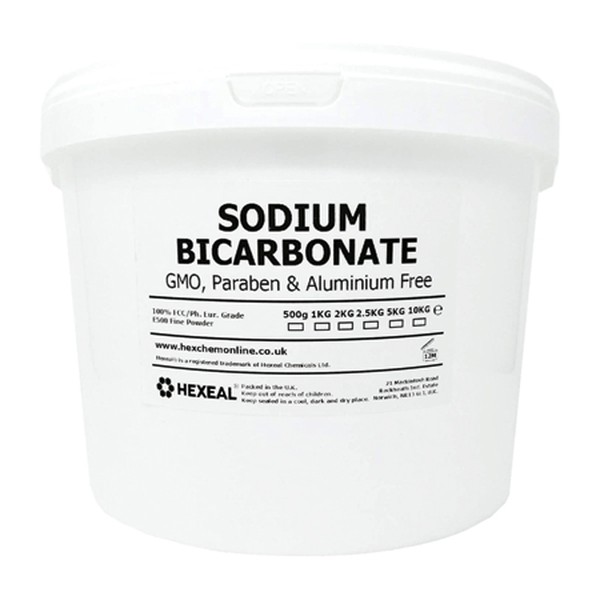
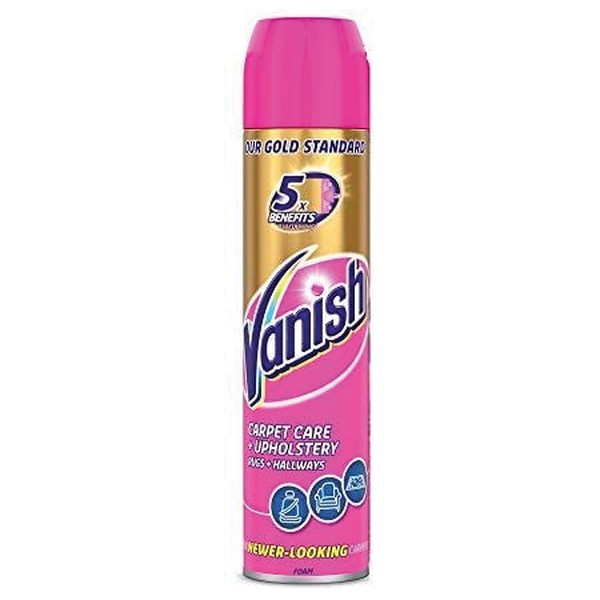

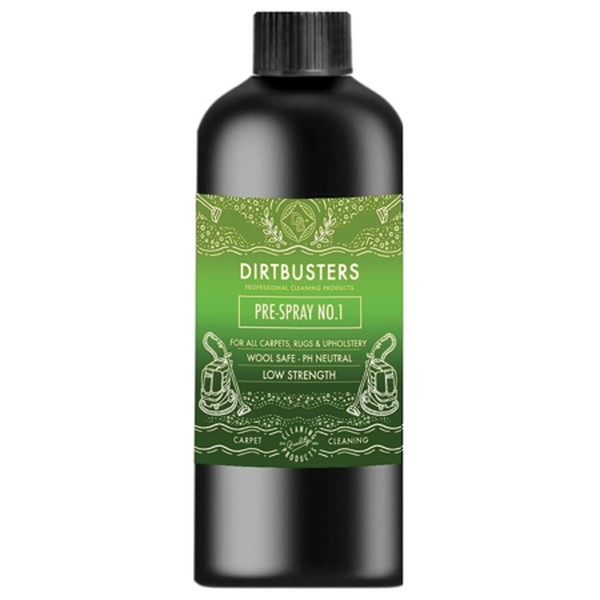
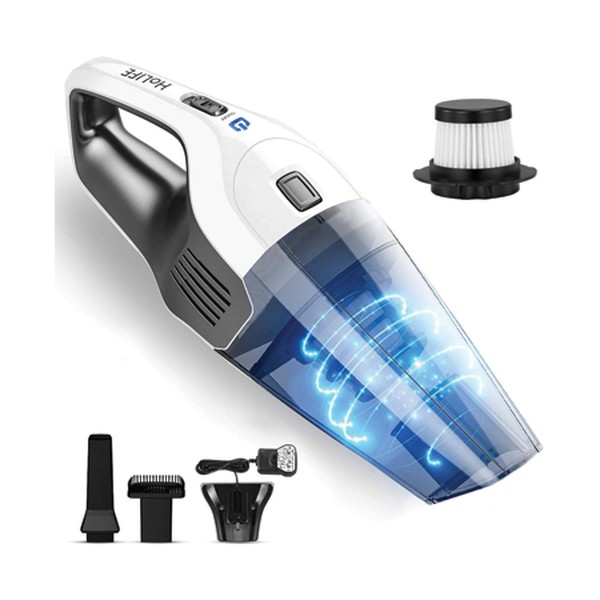
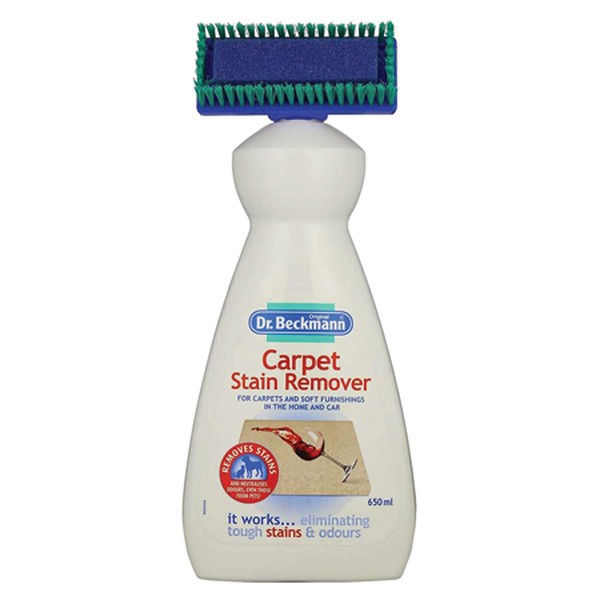
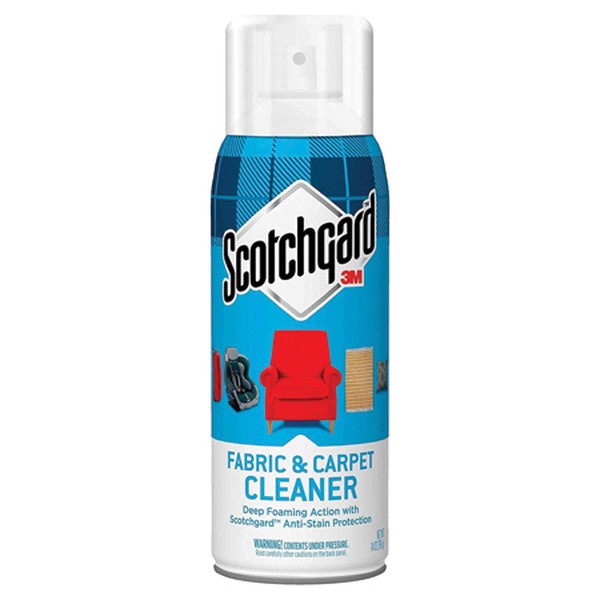
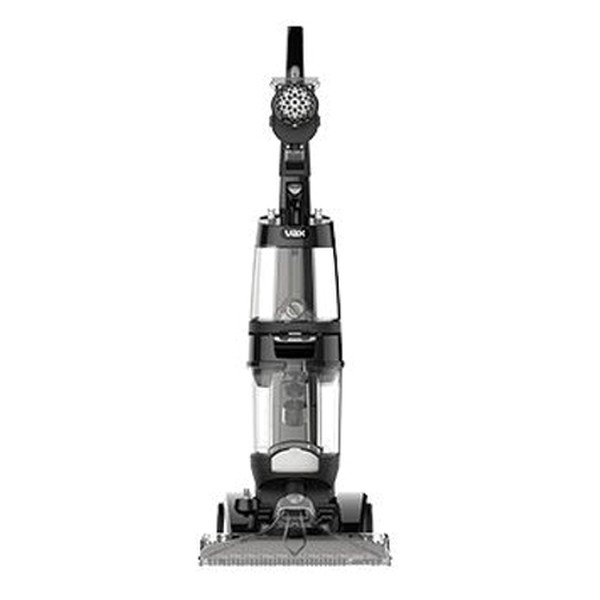
DISCLAIMER: We endeavour to always credit the correct original source of every image we use. If you think a credit may be incorrect, please contact us at info@sheerluxe.com.
